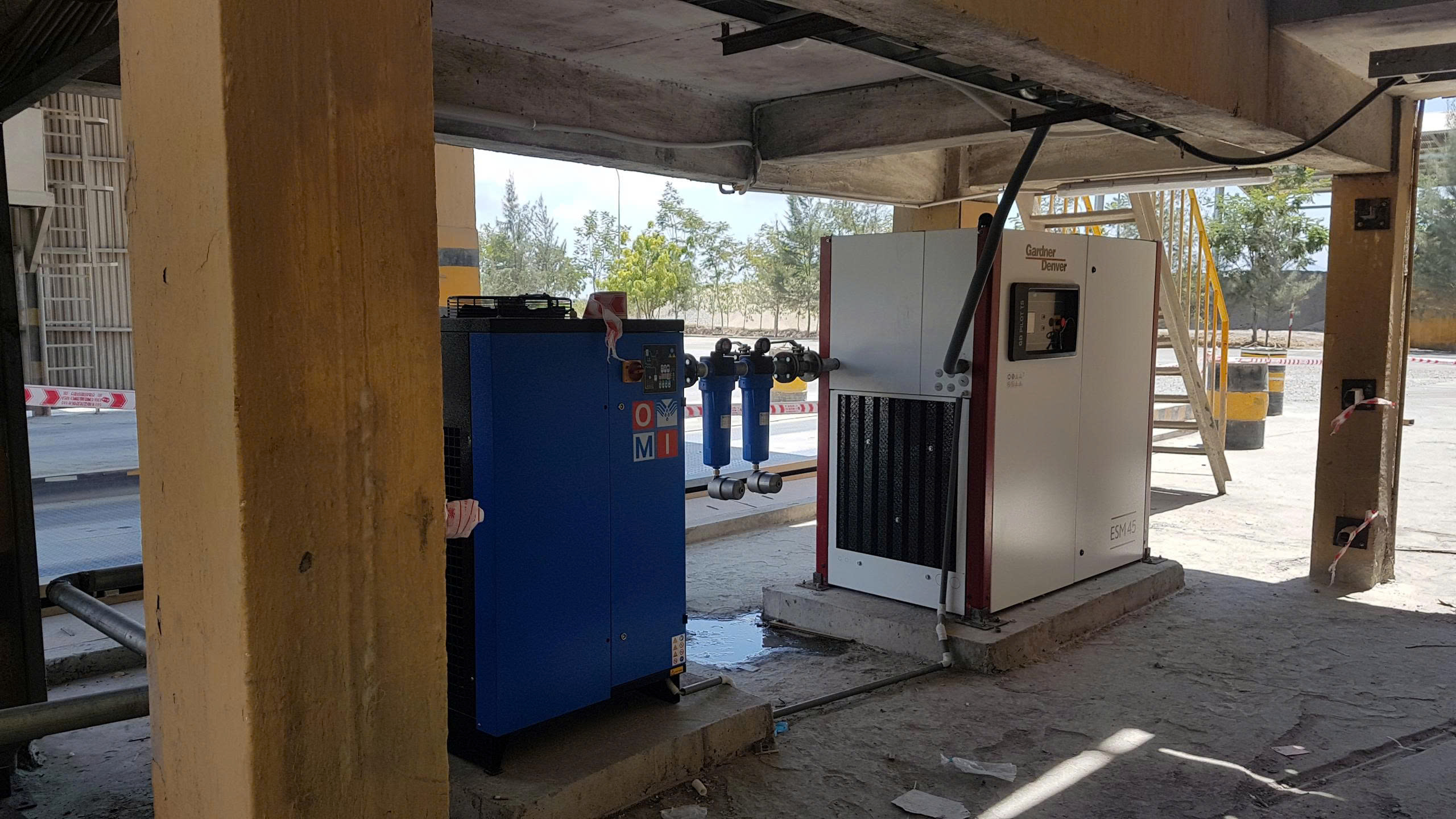Optimizing Cooling Efficiency with Variable Speed Drive (VSD) Technology for Chillers

In industrial HVAC and cooling systems, the Chiller is the largest energy consumer, often accounting for 40-60% of a plant's total electricity costs. To counter rising operational costs and the need for optimized efficiency, Variable Speed Drive (VSD) technology has become a standard solution. Integrating VSD into the Chiller's Compressor and Pumps allows the system to adjust cooling capacity in real-time, delivering significant energy savings and improving reliability.
1. Operating Principle and Advantages of VSD Chillers
Traditional fixed-speed Chiller compressors operate only in two states: 100% load (ON) or 0% load (OFF). When the cooling demand decreases, the machine must continuously cycle ON/OFF or use hot gas bypass, leading to considerable energy waste.
1.1. How VSD Creates Efficiency
VSD technology, also known as Inverter, regulates the rotational speed of the compressor motor (or pump/fan) by changing the electrical frequency. This allows the Chiller to produce exactly the required amount of cooling.
- Precise Capacity Control: VSD allows the Chiller to operate flexibly between 25% and 100% of its capacity (Part Load), instead of only 100%.
- Energy Savings via the Affinity Laws (Fan Laws): This is the core engineering principle. The resistance of the fluid (refrigerant flow rate) is proportional to the square of the speed ($L \propto N^2$), but the power consumption is proportional to the cube of the speed ($P \propto N^3$). This means that if the motor speed is reduced by 20%, the power consumption can be reduced by up to $1 - (0.8^3) \approx 48\%$.
1.2. Key Benefits of Part Load Operation
- Superior Energy Savings: Helps reduce electricity costs by 30% to 50% compared to fixed-speed units, especially in plants with fluctuating cooling loads.
- Improved Efficiency Index (EER/COP): At part load, VSD Chillers often achieve a higher efficiency (e.g., IPLV - Integrated Part Load Value) than when running at full load.
- Reduced Starting Current (Inrush Current): Soft starting helps avoid sudden current spikes, protecting the motor and the electrical grid.
2. When to Invest in a VSD Chiller?
Although the initial investment cost for a VSD Chiller is higher, the Return on Investment (ROI) is often very fast, especially in the following cases:
2.1. Analyzing Real-world Operating Data
The decision to switch to VSD should be based on analyzing your facility's Cooling Load Profile.
- Fluctuating Cooling Load: Plants operating in shifts or having cooling demands that change with time or season (e.g., mold cooling, printing, office HVAC) are ideal candidates.
- Long Operating Hours: Facilities operating continuously for over 3,000 hours/year will see the most significant cumulative benefits.
Ideal industries for VSD: Pharmaceutical plants, Electronics manufacturing, Data Centers, and Large Commercial Buildings. These applications often run below 75% load for most of the time.
3. Integration Points for Variable Speed Drives in Chiller Systems
VSD technology is not limited to the compressor but is also applied to other components to optimize the entire cooling system:
3.1. Chiller Compressor (Compressor VSD)
This is the most common application, aiming to adjust the main cooling capacity. This type of VSD is built into modern Screw or Centrifugal compressor models.
3.2. Chilled Water and Condenser Water Pumps (Pump VSD)
By installing VSD on the Chilled Water Pump and Cooling Tower Condenser Water Pump, the system can adjust the water flow rate according to the actual cooling load demand, resulting in electricity savings for the pumps and reduced Chiller operating pressure.
3.3. Cooling Tower Fan (Cooling Tower Fan VSD)
In water-cooled Chillers, VSD controls the cooling tower fan to maintain the Condensing Temperature at an ideal level, thereby reducing the compression pressure and increasing the overall energy efficiency of the system.
---4. Conclusion and Conversion Recommendation
VSD technology for Chillers is a smart investment, converting Operational Expenditure (OPEX) into a rapid Return on Investment (ROI). VSD Chillers are not just a trend but have become a technical standard to meet demands for Energy Efficiency and sustainability.
To determine the potential savings of your current system, conduct a detailed Energy Audit. The conversion from fixed-speed to VSD Chillers is often proven to pay for itself within 2-4 years, depending on electricity costs and the operating load profile.
Quoc Thinh Industrial specializes in providing advanced VSD Chiller solutions and comprehensive energy audit services, helping you achieve the optimal cooling performance.

 VN
VN
 EN
EN





